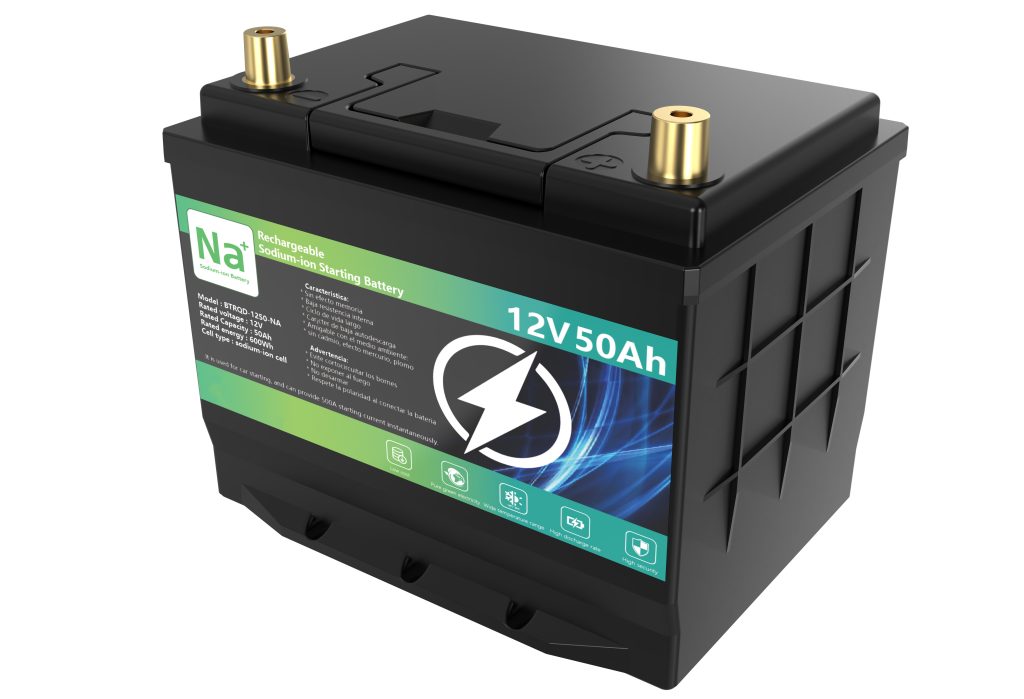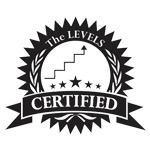
In the rapidly evolving landscape of energy storage, a quiet revolution is underway. While lithium-ion batteries have dominated conversations around clean energy, sodium-ion technology has been making significant strides toward commercialization. The recent global push for sustainable energy solutions, coupled with supply chain uncertainties in the lithium market, has created the perfect environment for sodium-ion batteries to shine. But what exactly makes this technology so promising, and why are major manufacturers from Northvolt to CATL investing billions in its development?
What Are Sodium-Ion Batteries?
Sodium-ion batteries are a new type of rechargeable battery that are similar to the common lithium-ion batteries, but with one key difference: they use sodium ions to store and release energy.
Think of them as cousins to lithium-ion batteries. They work in much the same way – charging and discharging by moving ions between two electrodes (an anode and a cathode) through a liquid electrolyte. However, because sodium atoms are larger than lithium atoms, scientists had to develop different materials inside the battery to make this process work efficiently.
Why is this a big deal? Sodium is about 500 times more abundant in the earth’s crust than lithium, and it’s found all over the world. This makes it much cheaper and easier to source. While early sodium-ion batteries couldn’t store as much energy, recent advances have dramatically improved their performance. Today’s sodium-ion batteries are closing the gap with mainstream lithium iron phosphate (LFP) batteries, making them a powerful, safe, and cost-effective option for a wide range of uses.
Types of Sodium-Ion Batteries
The flexibility of sodium-ion technology allows it to be optimized for different key applications, primarily falling into three main categories:
Starting Batteries
Designed specifically for vehicle ignition, these batteries deliver instant high-current bursts to start engines while withstanding vibration and shock from daily driving. Their standout advantage is superior all-climate performance, providing reliable starts in extreme cold where traditional lead-acid batteries often fail.
Deep Cycle Storage Batteries
Built for long-duration energy storage, these batteries prioritize cycle life and depth of discharge. Their chemistry is optimized for daily charging and discharging in solar systems, home energy storage, and commercial backup power. With over 4,000 charge cycles while maintaining capacity, they offer significantly better long-term value than lead-acid alternatives.
Dual-Purpose Batteries
Combining both starting and deep-cycle capabilities, these hybrid batteries serve specialized markets like RVs and marine applications. They provide sufficient cranking power to start engines while also supporting extended power needs for onboard appliances and electronics.
Key Technical Advantages of Sodium-Ion Technology
Enhanced Safety Profile
The inherent stability of sodium-ion chemistry represents a significant safety advancement. These batteries demonstrate higher thermal runaway temperatures and reduced susceptibility to dendrite formation compared to lithium-ion systems. In practical terms, this means reduced fire risk and greater tolerance to overcharge conditions – critical considerations for residential and automotive applications.
Exceptional Low-Temperature Performance
Conventional batteries struggle in cold environments, but sodium-ion technology maintains remarkable efficiency down to -40°C. Where lithium-ion batteries may see capacity reductions of 50% or more at -20°C, sodium-ion variants typically retain over 80% of their room-temperature capacity. This cold-weather capability opens new possibilities for applications in extreme climates.
Superior Environmental Benefits
From raw material sourcing to end-of-life processing, sodium-ion batteries offer environmental advantages. Sodium reserves are virtually limitless and geographically diverse, reducing supply chain vulnerabilities and mining impacts. The absence of cobalt addresses ethical concerns, while the compatibility with aluminum current collectors (instead of copper) further reduces environmental impact.
Economic Advantages
The raw material cost differential is substantial – sodium carbonate trades at approximately $200 per metric ton compared to $15,000 for lithium carbonate. This fundamental cost advantage, combined with evolving manufacturing efficiencies, positions sodium-ion technology as the most cost-effective solution for large-scale energy storage applications.
Future Developments in Sodium-Ion Technology
The innovation pipeline for sodium-ion batteries promises continued performance improvements and cost reductions. Research institutions and manufacturers are pursuing several key development pathways:
Material Innovations
Research advances across all battery components are boosting sodium-ion performance. New cathode materials show potential for higher energy density, while improved anodes enhance capacity and durability. The development of solid-state electrolytes promises even greater safety and efficiency, positioning sodium-ion batteries as a more capable energy storage solution.
Manufacturing Scale-Up
Global production capacity for sodium-ion batteries is projected to grow from under 10 GWh in 2024 to over 100 GWh by 2027. This scale-up, driven by massive investments from companies like CATL, BYD, and Northvolt, will accelerate cost reduction through manufacturing innovations and supply chain maturation.
Application Expansion
While current applications focus on energy storage and light mobility, future developments will see sodium-ion technology penetrating electric vehicles and grid-scale storage markets. The combination of safety, cost, and performance characteristics makes it particularly suitable for these demanding applications.
Where to Source Quality Sodium-Ion Batteries?
Now that sodium-ion technology is commercially ready, choosing a trusted partner is essential. Our product range builds on years of R&D and delivers reliable performance for a variety of uses.
12V 50Ah Sodium-Ion Car Starter Battery
Engineered for reliability in demanding conditions, this battery delivers 750A of peak current while operating flawlessly from -40°C to 60°C. The weight reduction of 40% compared to lead-acid equivalents, combined with maintenance-free operation and extended service life, makes it the ideal choice for modern vehicles.
24V 210Ah Sodium-Ion RV/Truck Parking Battery
Designed for deep-cycle applications, this battery supports auxiliary power needs in recreational and commercial vehicles. Its robust construction withstands vibrational stresses while providing reliable power for lighting, climate control, and appliance operation. The integrated battery management system ensures optimal performance and safety throughout its operational life.
48V 210Ah Sodium-Ion Home Energy Storage Battery
With cycle life exceeding 2000+ cycles and efficiency ratings over 95%, it represents a long-term solution for energy independence. The modular design allows for capacity expansion as energy needs evolve.
Conclusion
Sodium-ion batteries have successfully transitioned from theoretical research to practical applications, establishing themselves as a competitive energy solution through their superior safety, environmental benefits, and cost efficiency. As manufacturing capabilities expand and production costs continue to decrease, this technology is positioned to become a fundamental component across energy storage systems and automotive power applications. The industry’s shift toward sodium-ion technology represents more than just technical progress—it signals a strategic move toward safer, more sustainable, and economically viable energy solutions for global markets.





